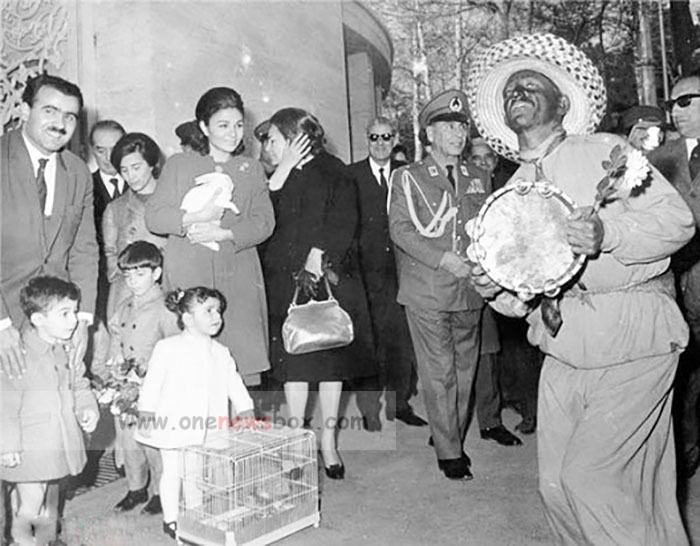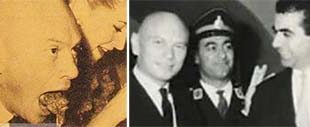Criticism and Controversy
In recent years, the portrayal of Haji Firuz has sparked debates about racial sensitivity. On April 2, 1402 (Iranian calendar), Mohammad Reza Javadi Yeganeh, the Deputy Mayor of Tehran for Social and Cultural Affairs, announced a ban on using Haji Firuz in official celebrations to avoid accusations of racism. The decision was met with opposition from cultural figures, historians, and artists, who argued that Haji Firuz is deeply rooted in Persian traditions and is not a racist caricature.
Prominent figures, including Mehrdad Bahar, Mahmoud Azizi, Ali Nasirian, and Hassan Khalilabadi, defended Haji Firuz as a historical and cultural symbol. They argued that his black face represents mythological connections to Siavash and the underworld rather than racial stereotypes.
On the other hand, scholars like Mehdi Akhavan Sales have criticized Haji Firuz, viewing him as a remnant of outdated and potentially offensive traditions. Others, such as Hamid Dabbashi and Golberg Bashi, have called for modifications to the character to align with contemporary values and sensitivities.
Despite these debates, Iranian playwright Bahram Bayzai has insisted that Haji Firuz’s depiction is unrelated to racial discrimination and should be understood within the cultural and historical context of Nowruz.

